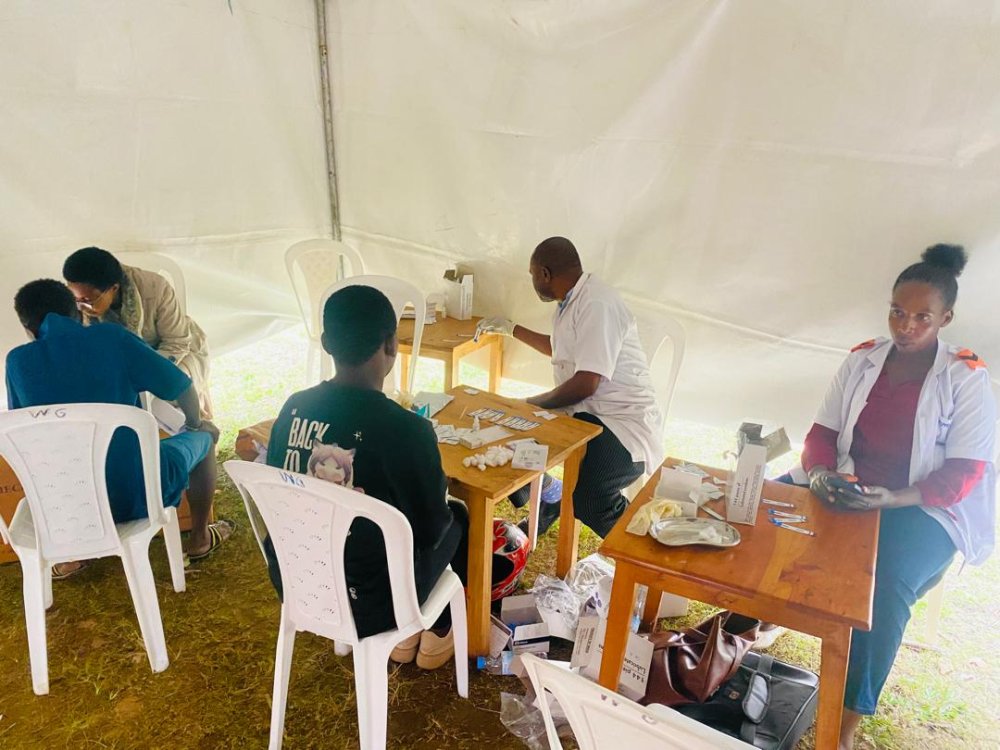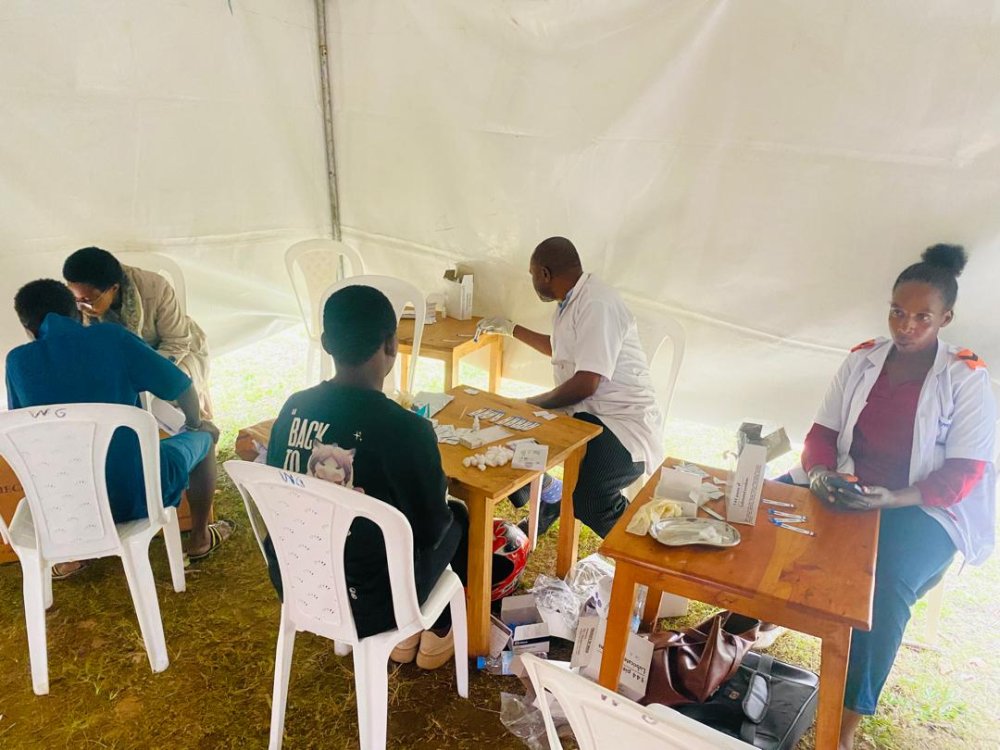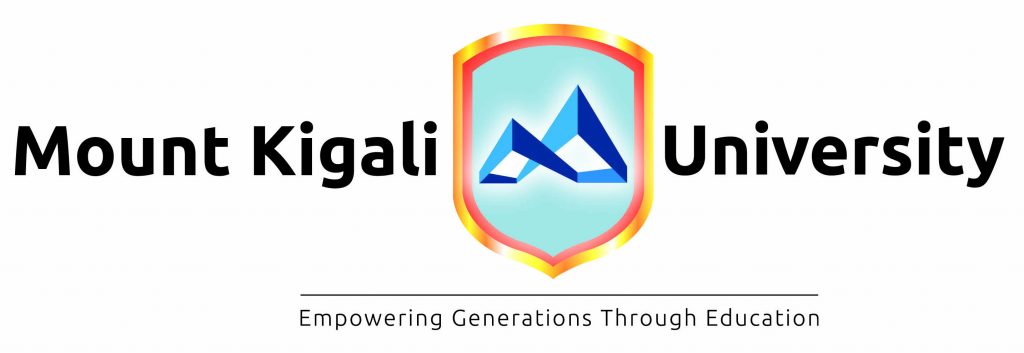New HIV infections are on the rise in Rwanda’s Karongi District, particularly among female sex workers and men who have sex with men (MSM), according to statistics from the Rwanda Biomedical Centre (RBC).
In Rubengera Sector, an area known for its high number of sex workers, including underage girls, an HIV awareness campaign was recently launched. The campaign focused on free HIV testing, distribution of condoms, and provision of lubricants specifically designed to reduce HIV transmission among MSM.
RBC’s 2024 data shows that of the 37 MSM tested for HIV in Karongi District, 10.5% were found to be positive. Even more striking, 28.8% of the 847 female sex workers tested were living with the virus.
Hakizimana Léon, a program officer at We Actx for Hope, a health-focused NGO working with high-risk groups, said the rise in new infections among these vulnerable populations prompted the organization to step up preventive efforts.
“Today alone, we tested 178 people, and five of them were newly diagnosed with HIV,” Hakizimana revealed.
As part of the initiative, the organization distributed 20,000 condoms and 400 packs of HIV prevention lubricant aimed at reducing transmission during same-sex intercourse.
Hakizimana added that individuals found to be HIV positive would be referred to nearby health centers for follow-up care and antiretroviral treatment.
Underage girls and decreased awareness cited
Egide Nizeyimana, a nurse in charge of HIV follow-up at Rubengera Health Center, confirmed that most new infections are occurring among underage girls engaged in sex work.
“We’re seeing more infections in young girls who have not yet reached adulthood. Many of them are turning to sex work. The reduction in awareness campaigns compared to previous years has also contributed, as some people mistakenly believe HIV is no longer a threat,” he explained.
HIV was first detected in Rwanda in 1983, with a major outbreak beginning around 1986. Between 1988 and 1996, infection rates soared across the country.
However, due to strong government policies and awareness efforts, the national prevalence rate has remained at around 3% for more than a decade.
Despite these gains, the threat of HIV remains. According to RBC, approximately 3,200 people are newly infected with HIV each year in Rwanda, while about 2,600 die annually from complications related to the virus.
The Karongi campaign is a reminder that while progress has been made, continuous action and targeted interventions are still urgently needed, especially among high-risk groups.






